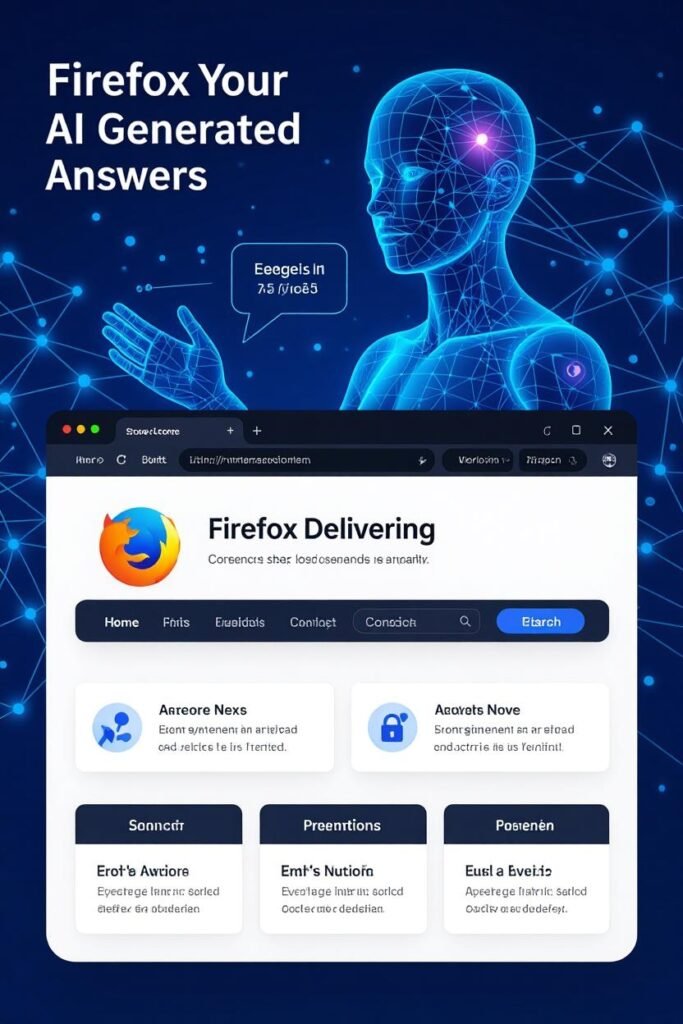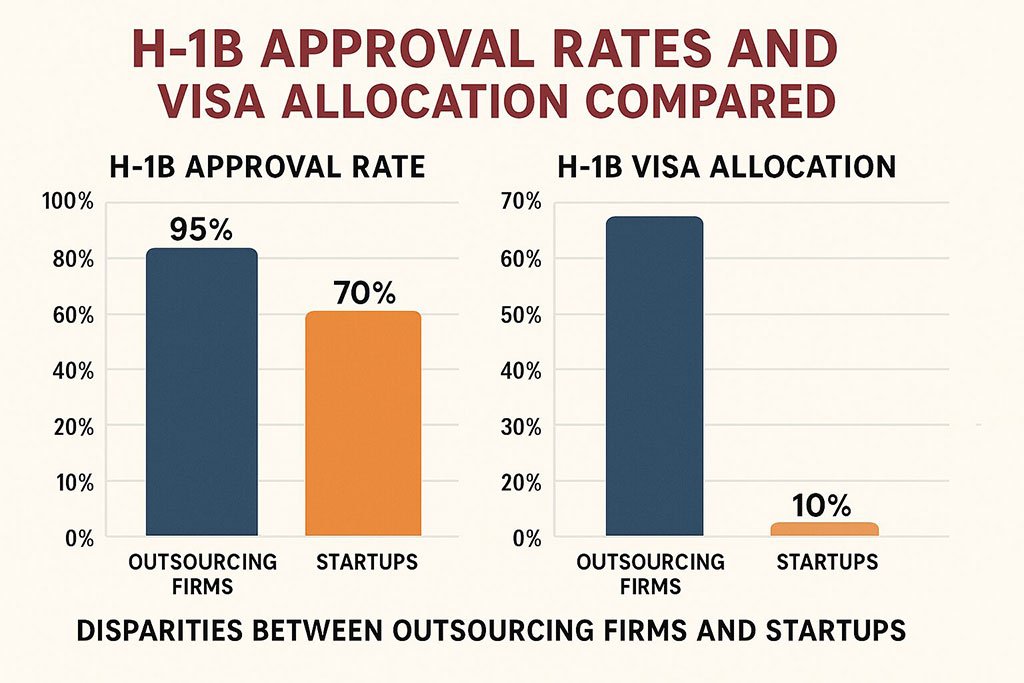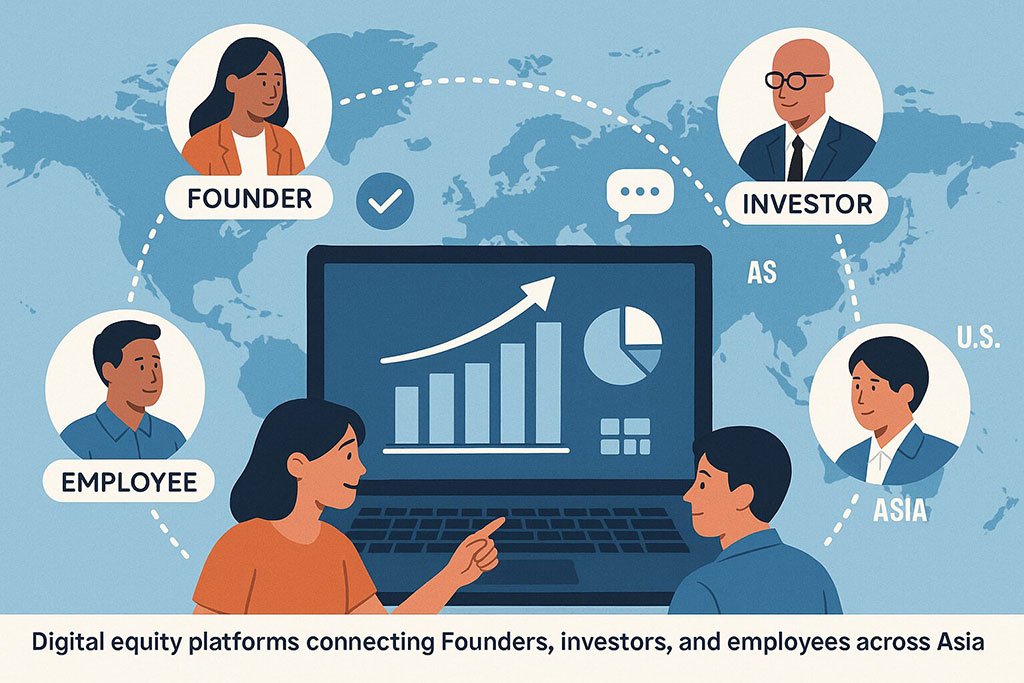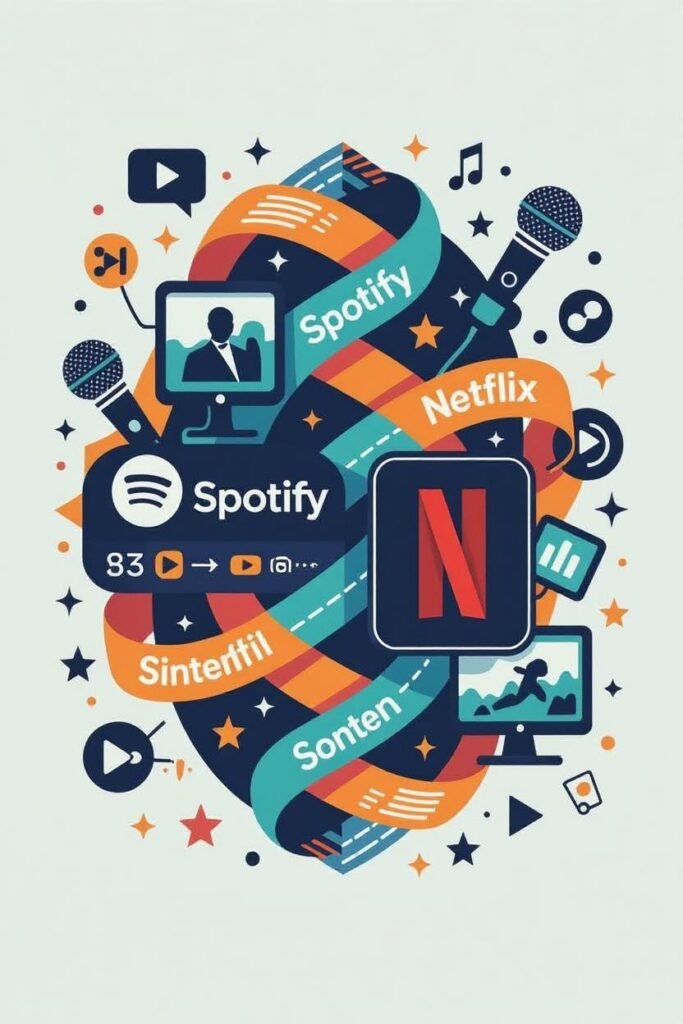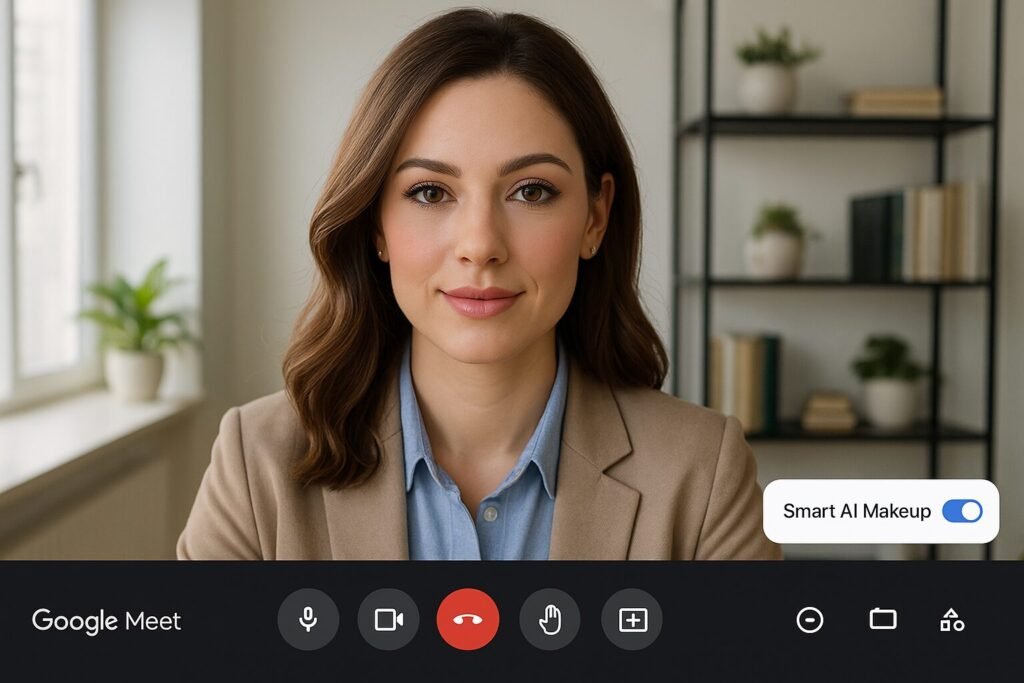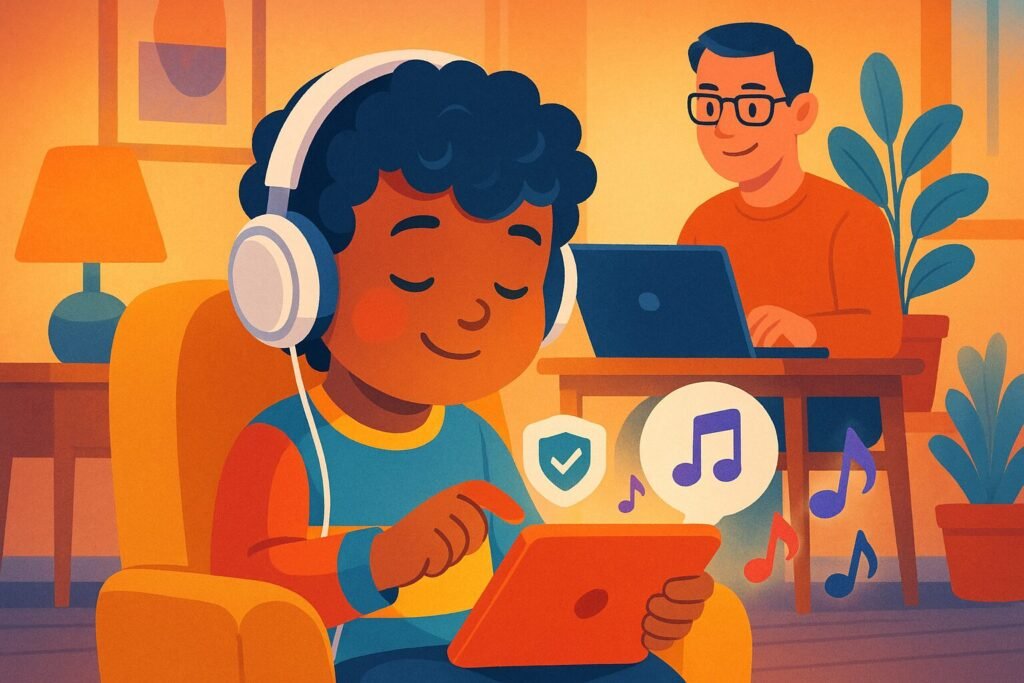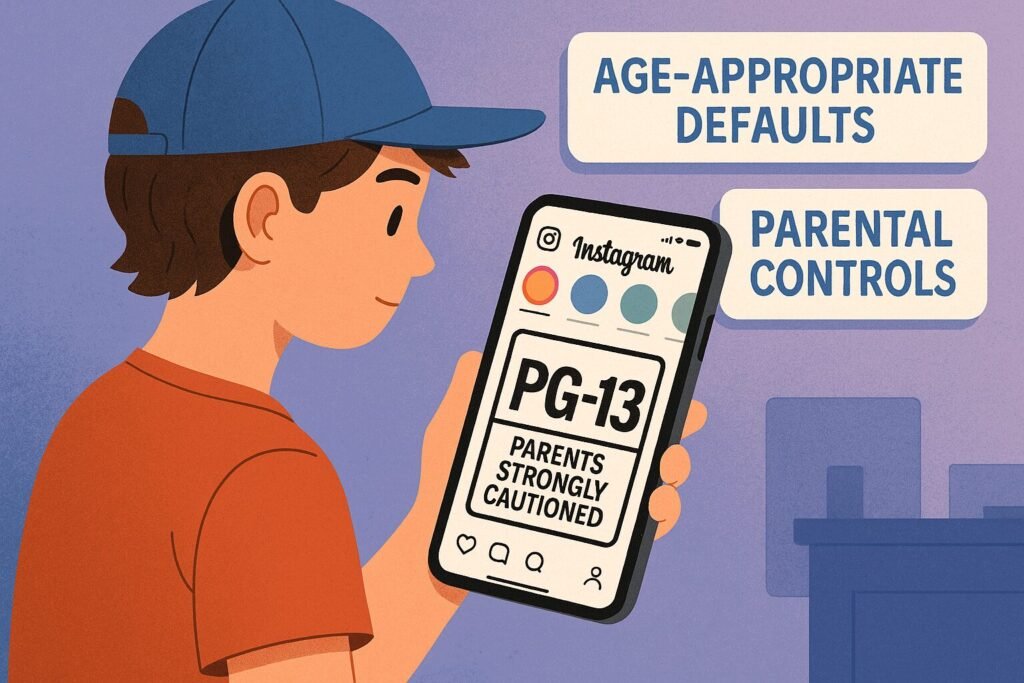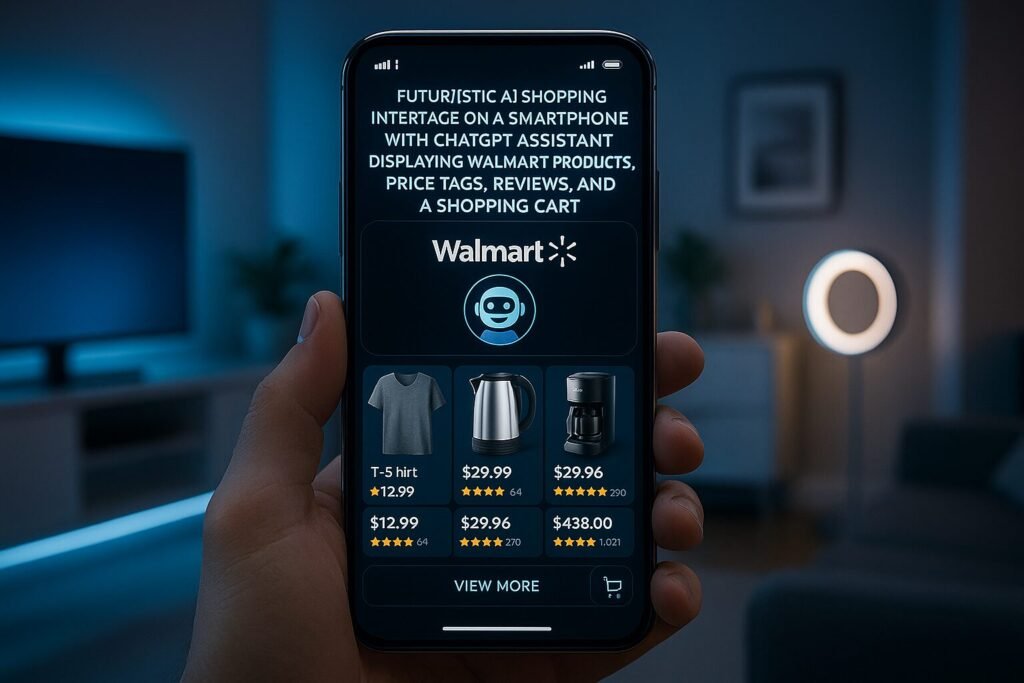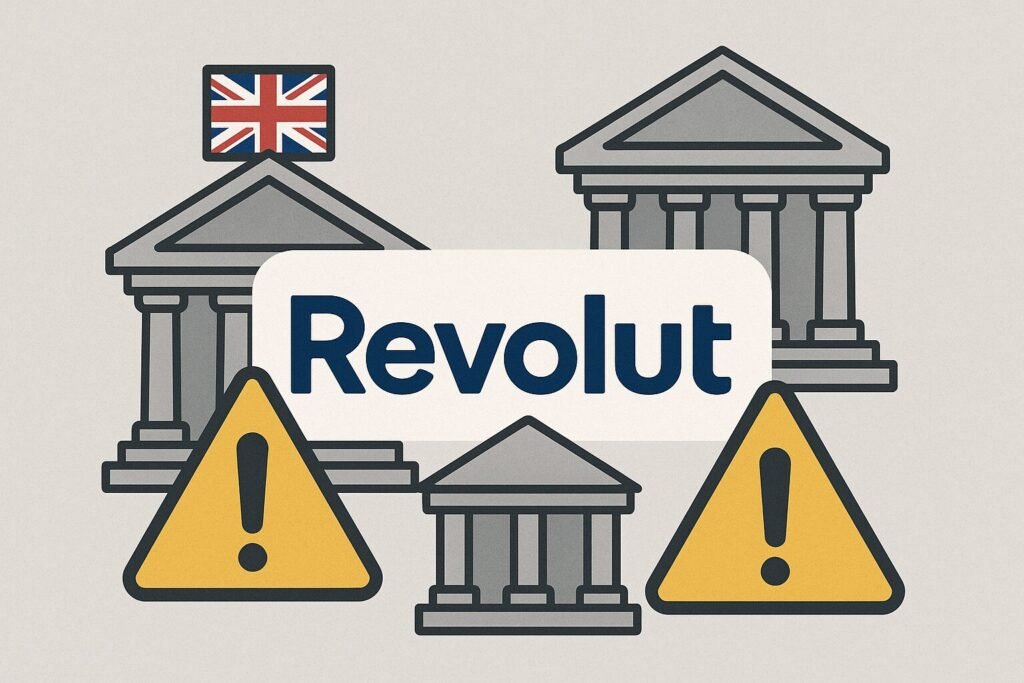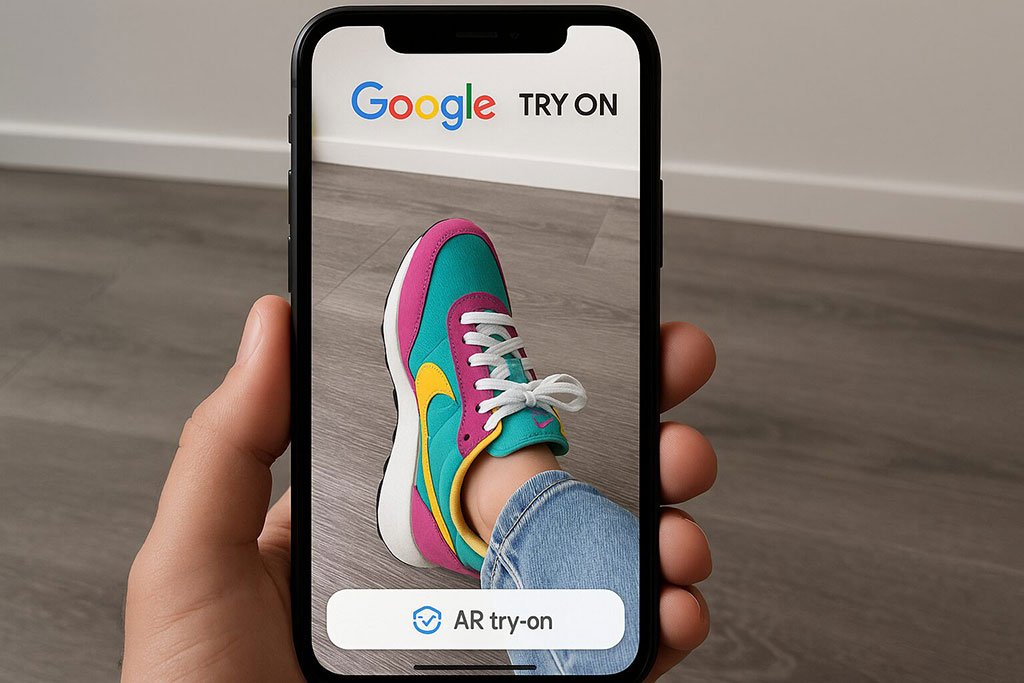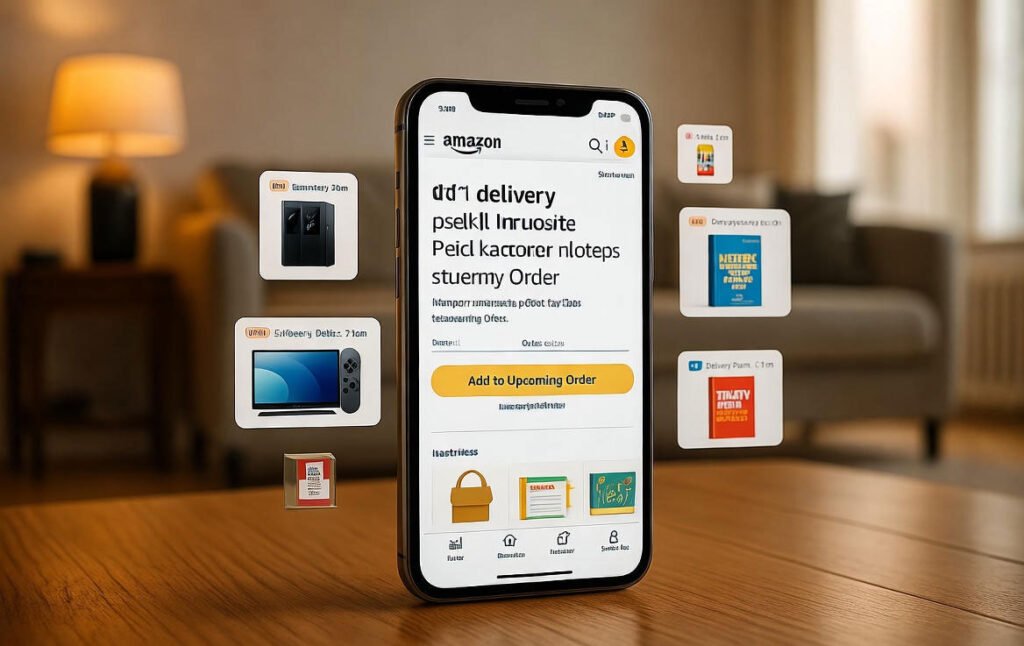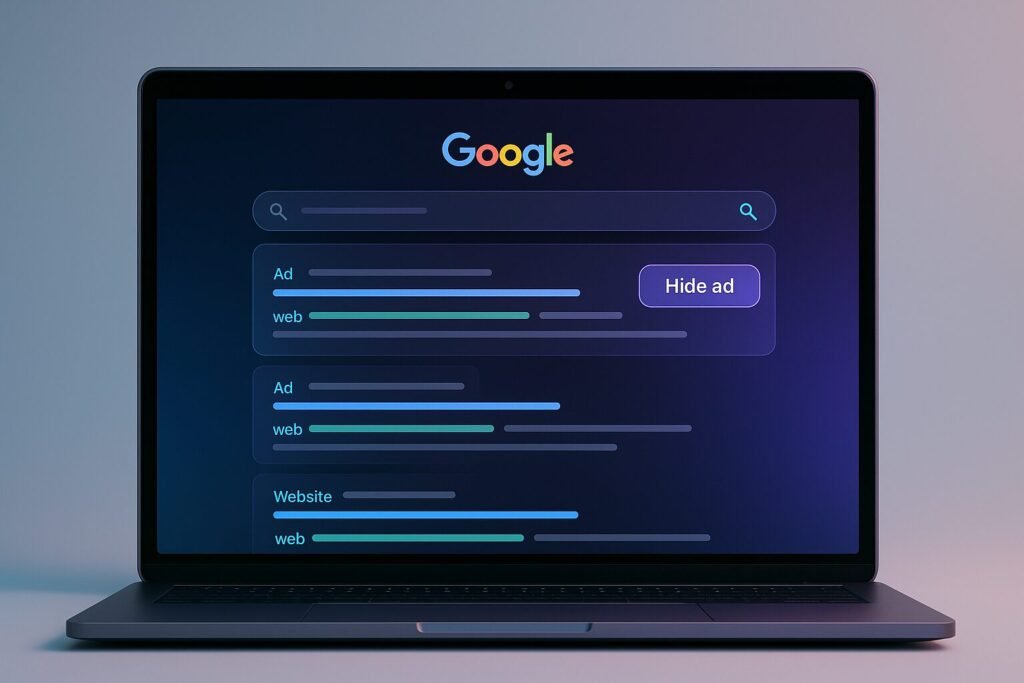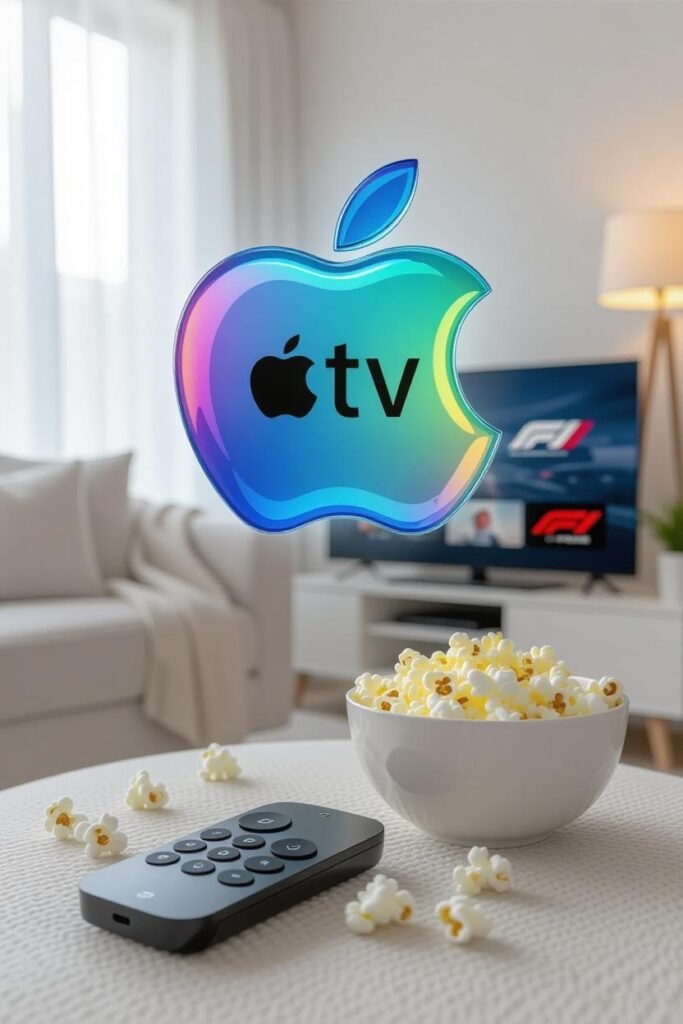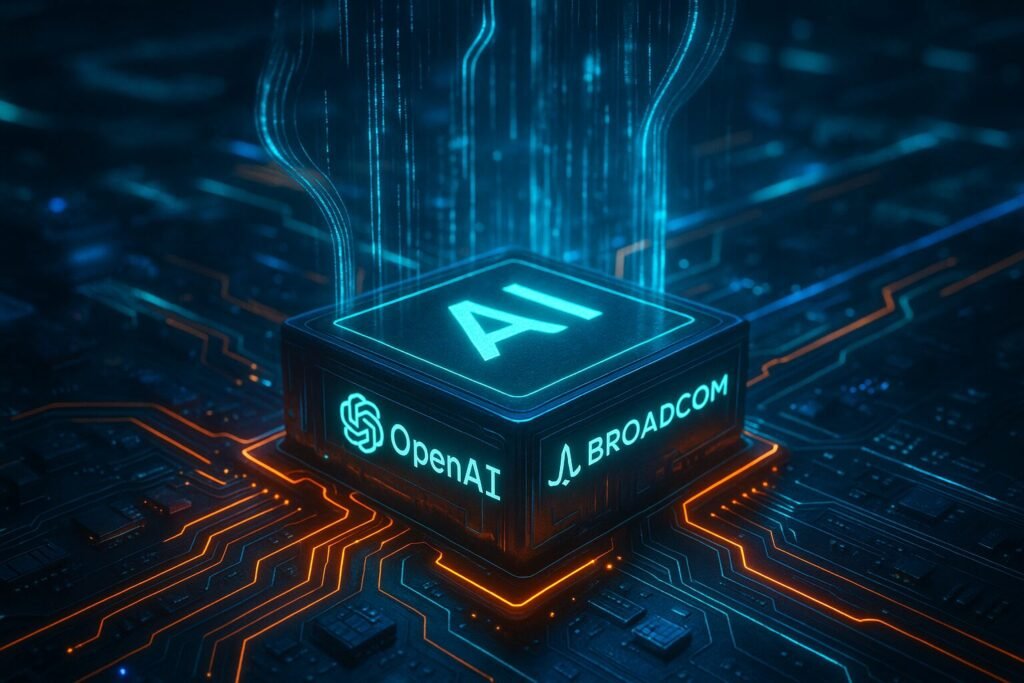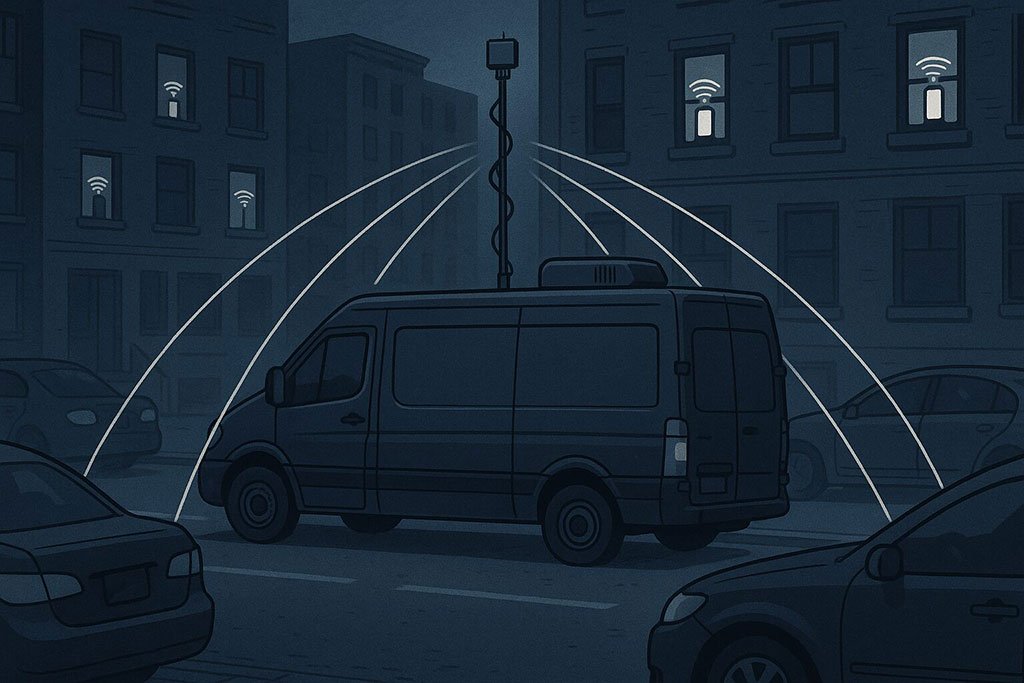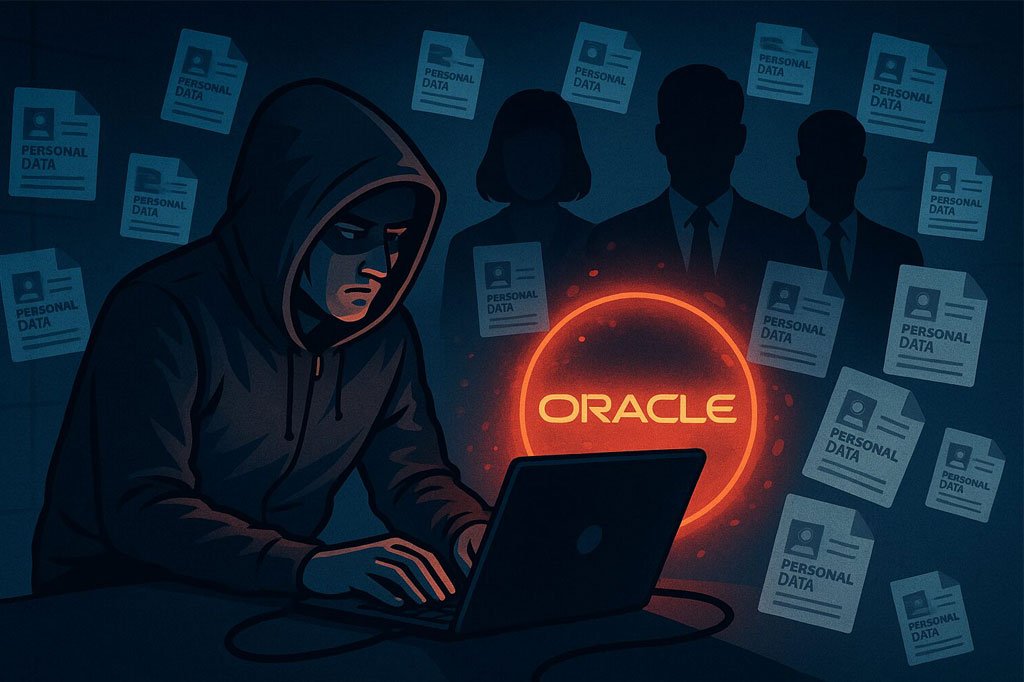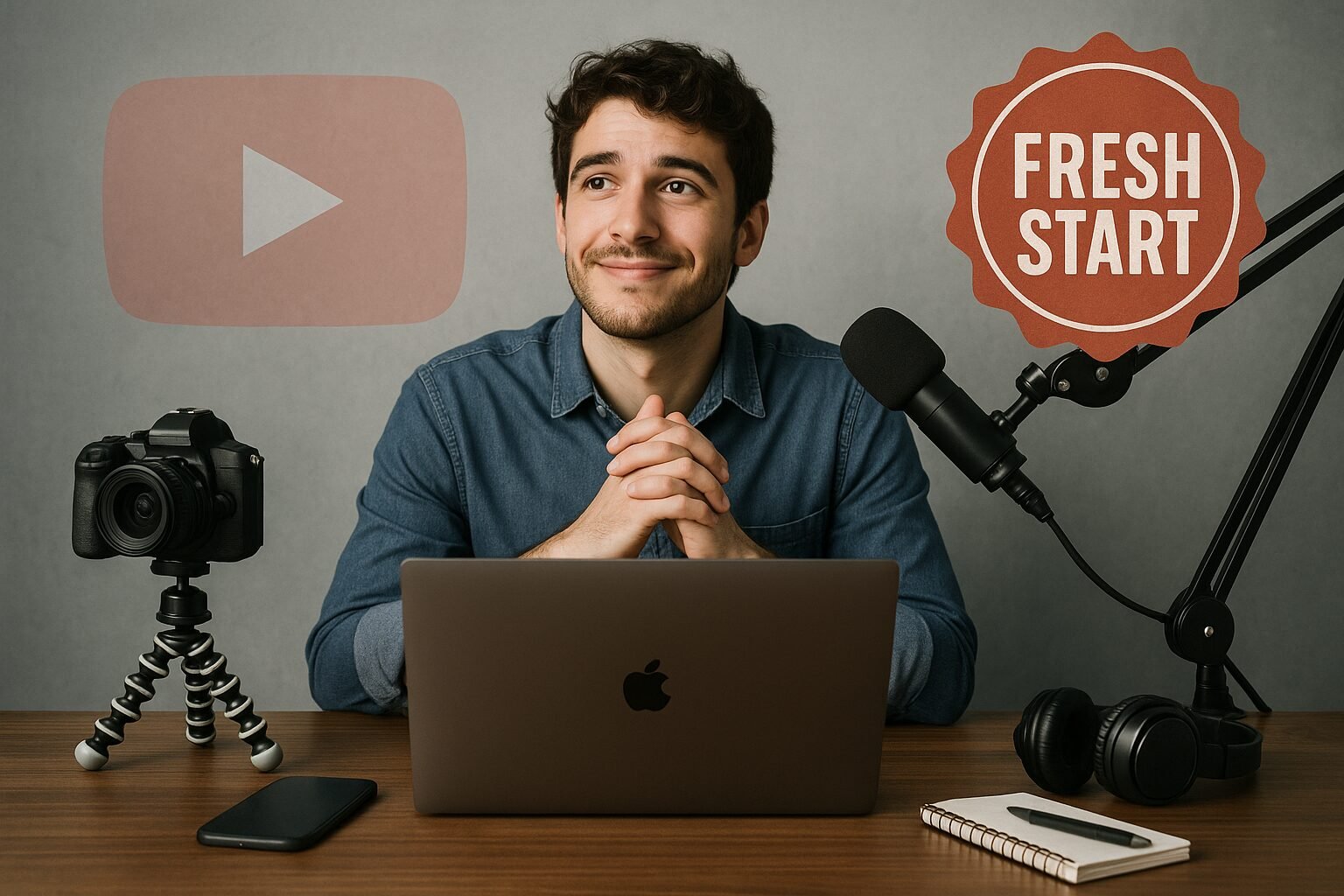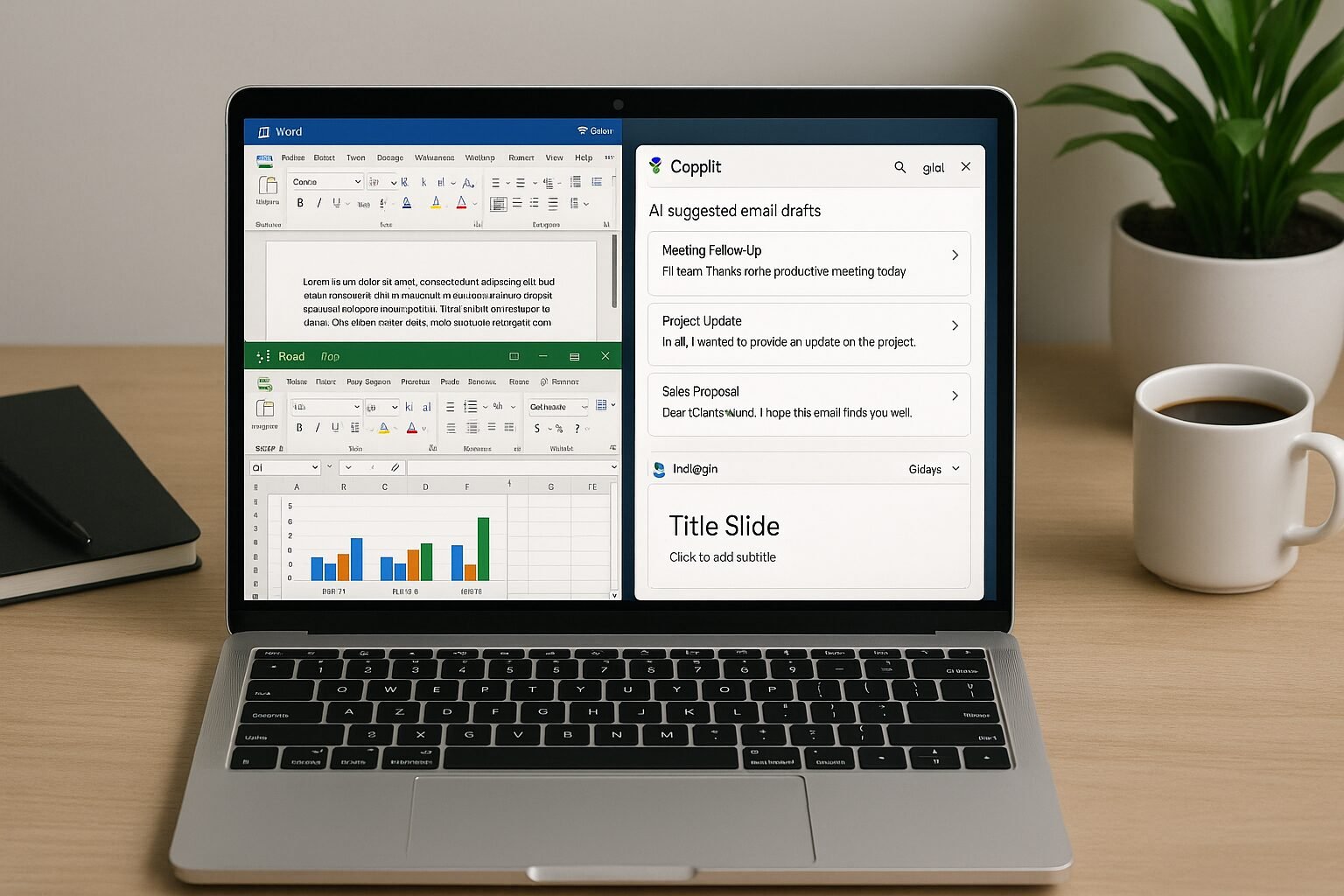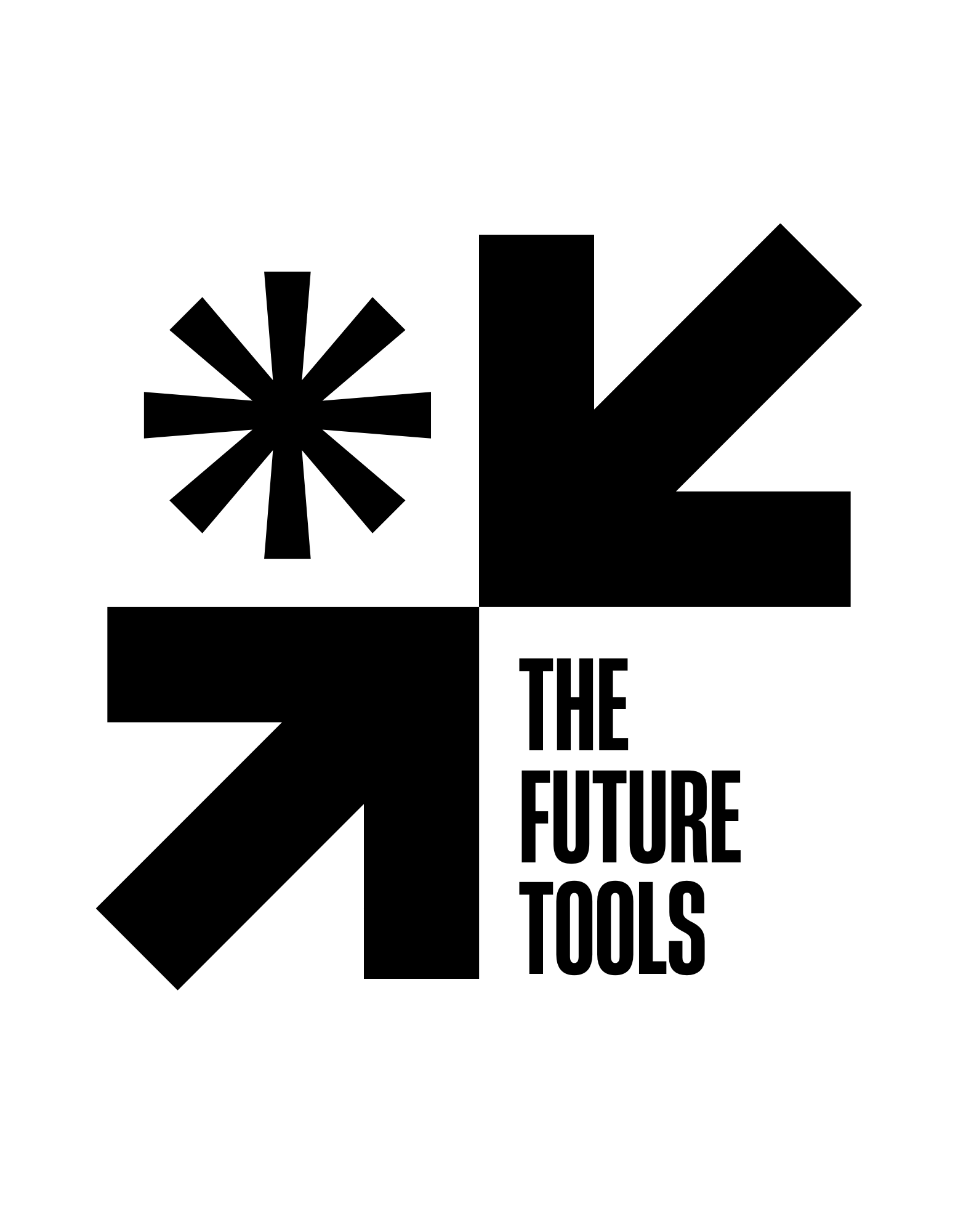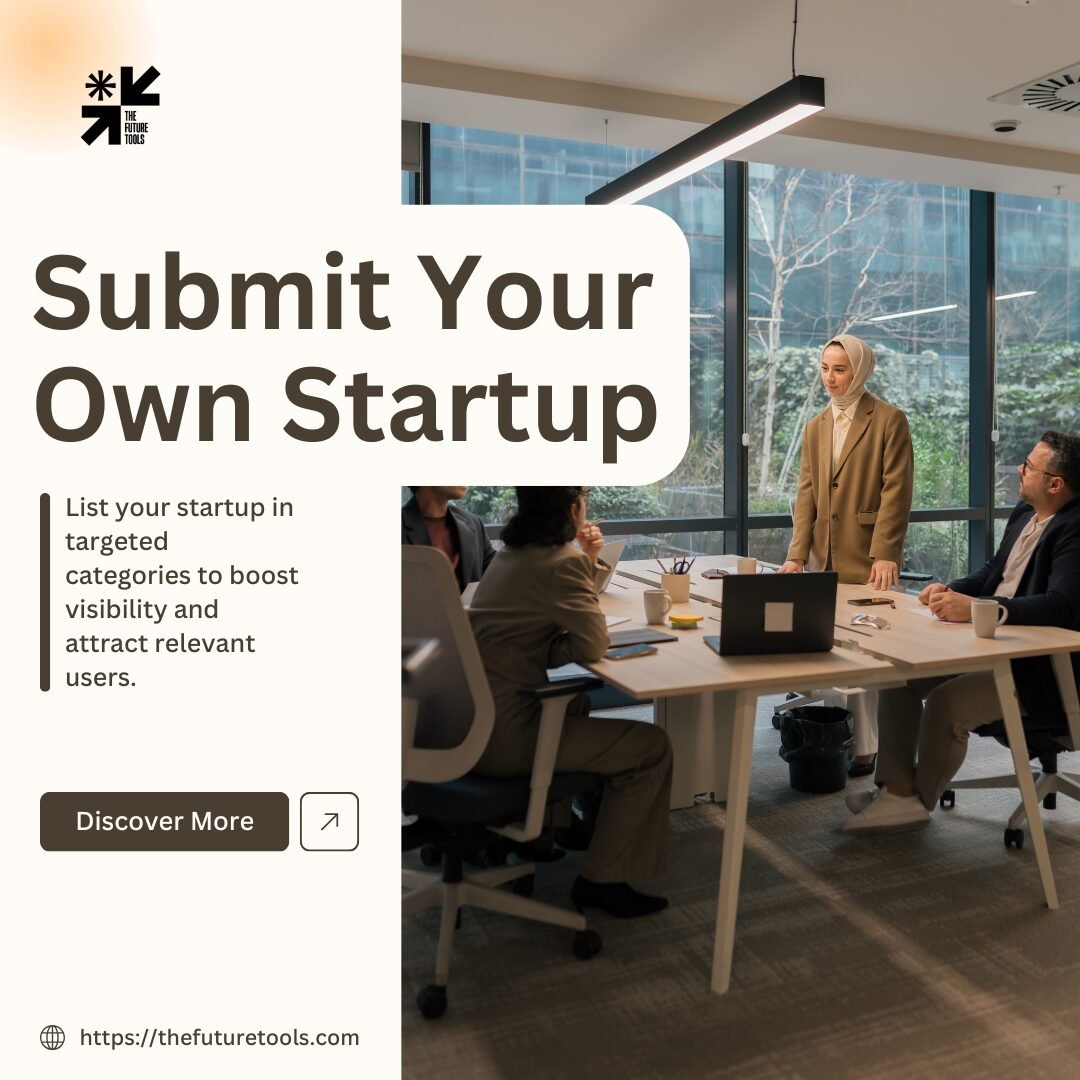Now Reading: YouTube Launches Fresh-Start Pathway for Creators Banned Over Misinformation
-
01
YouTube Launches Fresh-Start Pathway for Creators Banned Over Misinformation
YouTube Launches Fresh-Start Pathway for Creators Banned Over Misinformation
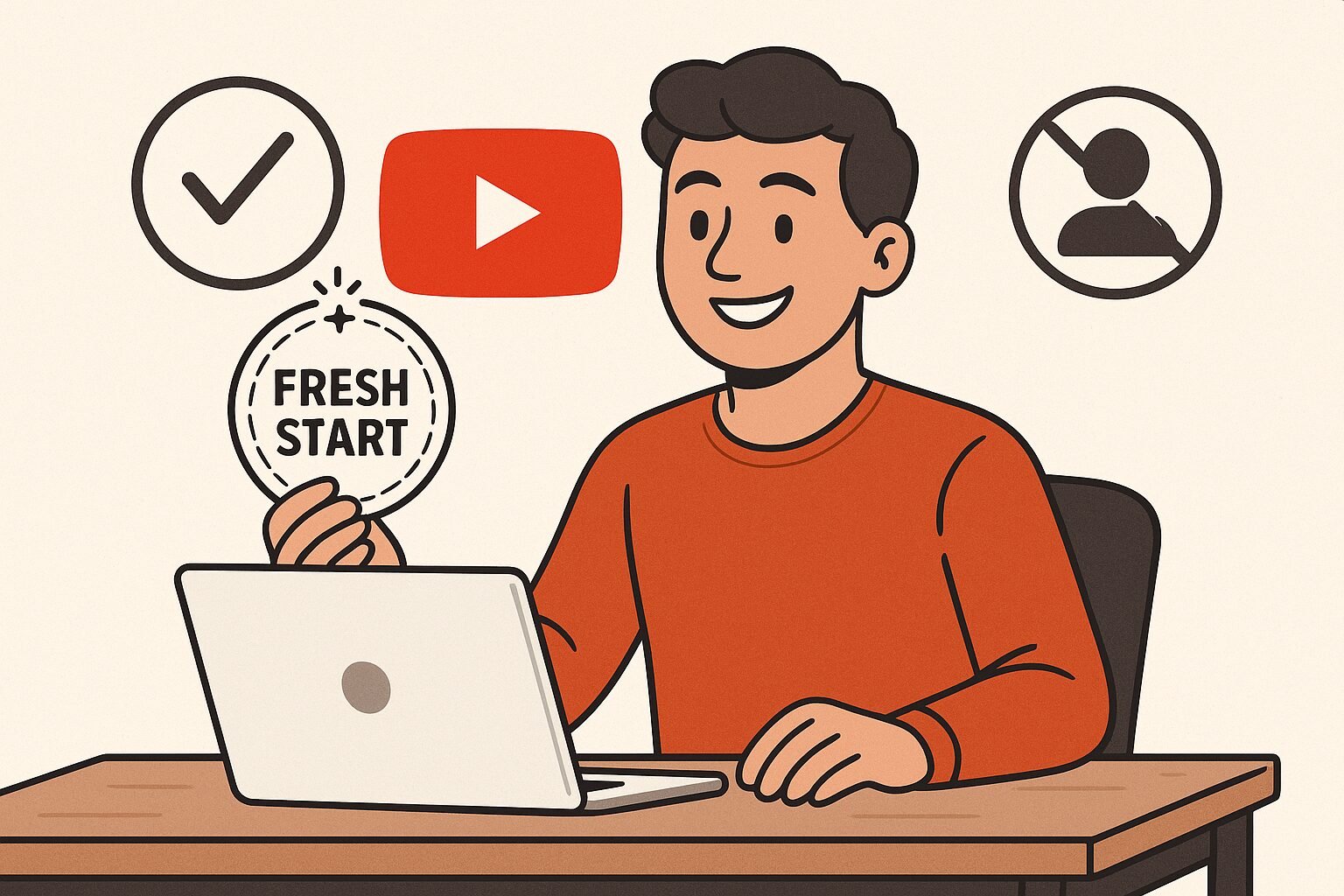
For years, misinformation has posed one of the greatest challenges to social media platforms, and YouTube has been no exception. As the world’s largest video-sharing platform, it has faced immense pressure to protect viewers from misleading or harmful content while balancing the rights of creators to express themselves freely. Historically, creators who violated YouTube’s policies—especially those spreading misinformation—were permanently banned, often leaving communities without explanation or recourse. For many, this was not only a professional setback but a deeply personal blow, severing connections they had spent years building.
Now, YouTube is taking a bold step toward reconciliation and responsibility. The platform has introduced a fresh-start pathway, allowing creators who were previously banned for misinformation to appeal for reinstatement. This move is more than procedural; it is emblematic of a broader shift in digital governance. By acknowledging that mistakes can happen and that creators are capable of growth, YouTube is embracing a model of moderation that prioritizes accountability alongside redemption.
For creators, this pathway represents a lifeline. It is an opportunity to not only regain access to their channels but to rebuild trust with audiences and the platform alike. Consider the example of a science-focused channel banned for sharing outdated health information. Through the fresh-start program, the creator can update content strategies, align with verified sources, and return to their audience with credibility restored. The chance to re-engage is not merely about revenue—it is about reclaiming a voice and demonstrating commitment to responsible content creation.
However, the opportunity is not without its challenges. Creators returning under this program face intense scrutiny, both from the platform and from viewers who may remember past mistakes. Any subsequent violations could lead to permanent removal, making this a delicate second chance rather than an unconditional pardon. Reinstated creators must approach their return strategically, emphasizing transparency, adherence to guidelines, and consistent quality in their content.
From a platform perspective, this initiative is also strategic. YouTube operates within a competitive ecosystem where engagement and diversity of content are critical. Permanently banning creators for past mistakes risks losing vibrant voices and the communities they foster. By allowing a structured appeal process, YouTube can preserve valuable contributions while signaling to its user base that enforcement is fair, transparent, and constructive. It is a model that encourages education and growth rather than fear and punishment.
Globally, this policy mirrors broader trends in social media moderation. Platforms like TikTok and Instagram have experimented with graduated penalties and reinstatement programs, reflecting a shift toward nuanced, human-centered moderation. In a world where misinformation can influence elections, public health, and social behavior, balancing enforcement with education and redemption has become increasingly essential. The fresh-start pathway underscores YouTube’s commitment to a sustainable creator ecosystem where accountability and opportunity coexist.
Critics may question whether reinstated creators can regain audience trust or whether this policy risks enabling repeat violations. Yet early case studies suggest that structured support and clear expectations foster more responsible content creation. In the United Kingdom, a health education channel banned for outdated COVID-19 content successfully appealed, revamped its approach with expert oversight, and regained both its audience and credibility. In India, a tech reviewer reinstated under the fresh-start program rebuilt engagement by clarifying guidelines and improving transparency. These examples show that the pathway is not merely theoretical—it has tangible potential to restore both trust and value for creators and the platform.
For creators considering an appeal, the process requires careful reflection and preparation. Understanding the precise nature of the violation, acknowledging past errors, and outlining concrete measures to prevent future misinformation are critical steps. Engagement with the platform must remain professional, and content must align with guidelines to avoid further risk. Ultimately, this is not a simple return—it is a commitment to responsible, trustworthy creation that respects both audiences and platform rules.
The fresh-start pathway also carries broader implications for the creator economy. With global creator-driven revenue projected to surpass $250 billion by 2030, policies that allow for responsible reinstatement are crucial. They ensure that diverse voices continue to contribute to content ecosystems while reinforcing the importance of accurate information. For audiences, the initiative signals that platforms are willing to balance enforcement with fairness, fostering a more credible and sustainable online environment.
In an era where misinformation has real-world consequences, YouTube’s approach demonstrates that moderation need not be purely punitive. Instead, it can be educational, restorative, and constructive. By offering creators a chance to learn, correct, and re-engage, the platform encourages a culture of accountability while nurturing the creativity and innovation that have made it a global hub for video content. This fresh-start pathway is more than policy—it is a philosophical shift, recognizing that mistakes are part of growth and that second chances, when coupled with responsibility, can benefit creators, audiences, and the platform alike.
Stay ahead of the latest platform updates, creator policies, and content trends. Subscribe to our newsletter for expert insights and actionable advice!”
YouTube’s fresh-start pathway reflects a significant evolution in social media governance, emphasizing accountability, education, and humanized moderation. For creators, it’s a chance to reclaim their voices, rebuild trust, and contribute responsibly to the global content ecosystem. For audiences, it signals that platforms are willing to balance enforcement with fairness, nurturing a more sustainable and credible online environment.
In an era where misinformation has real-world consequences, initiatives like these demonstrate that moderation need not be solely punitive—it can also be redemptive, educational, and constructive. For creators and audiences alike, this marks a new chapter in the ongoing dialogue between content freedom, responsibility, and trust.
FAQs
-
Who is eligible for YouTube’s fresh-start program?
Creators previously banned for misinformation can appeal individually, though repeat offenders may be ineligible. -
How do I submit an appeal?
Appeals are submitted through YouTube’s support portal with documentation and a demonstration of corrective measures. -
What happens if my appeal is denied?
YouTube may provide guidance; repeated appeals without behavioral changes are unlikely to succeed. -
Will my monetization be restored?
Monetization may return after verification and compliance checks. -
Does this apply globally?
Yes, YouTube intends this program to be accessible to eligible creators worldwide. -
How long does the appeal process take?
Processing times vary; creators should monitor communications carefully. -
Can I re-upload previously removed content?
Only content compliant with guidelines may be restored; otherwise, new content is recommended. -
What if I violate rules after reinstatement?
Future violations may result in permanent removal. -
Does this affect temporary suspensions?
No, temporary suspensions are separate but reflect YouTube’s broader moderation philosophy. -
How can audiences trust returning creators?
Transparency, verified content, and consistent responsible engagement help rebuild trust.
Disclaimer:
All logos, trademarks, and brand names referenced herein remain the property of their respective owners. Content is provided for editorial and informational purposes only. Any AI-generated images or visualizations are illustrative and do not represent official assets or associated brands. Readers should verify details with official sources before making business or investment decisions.




